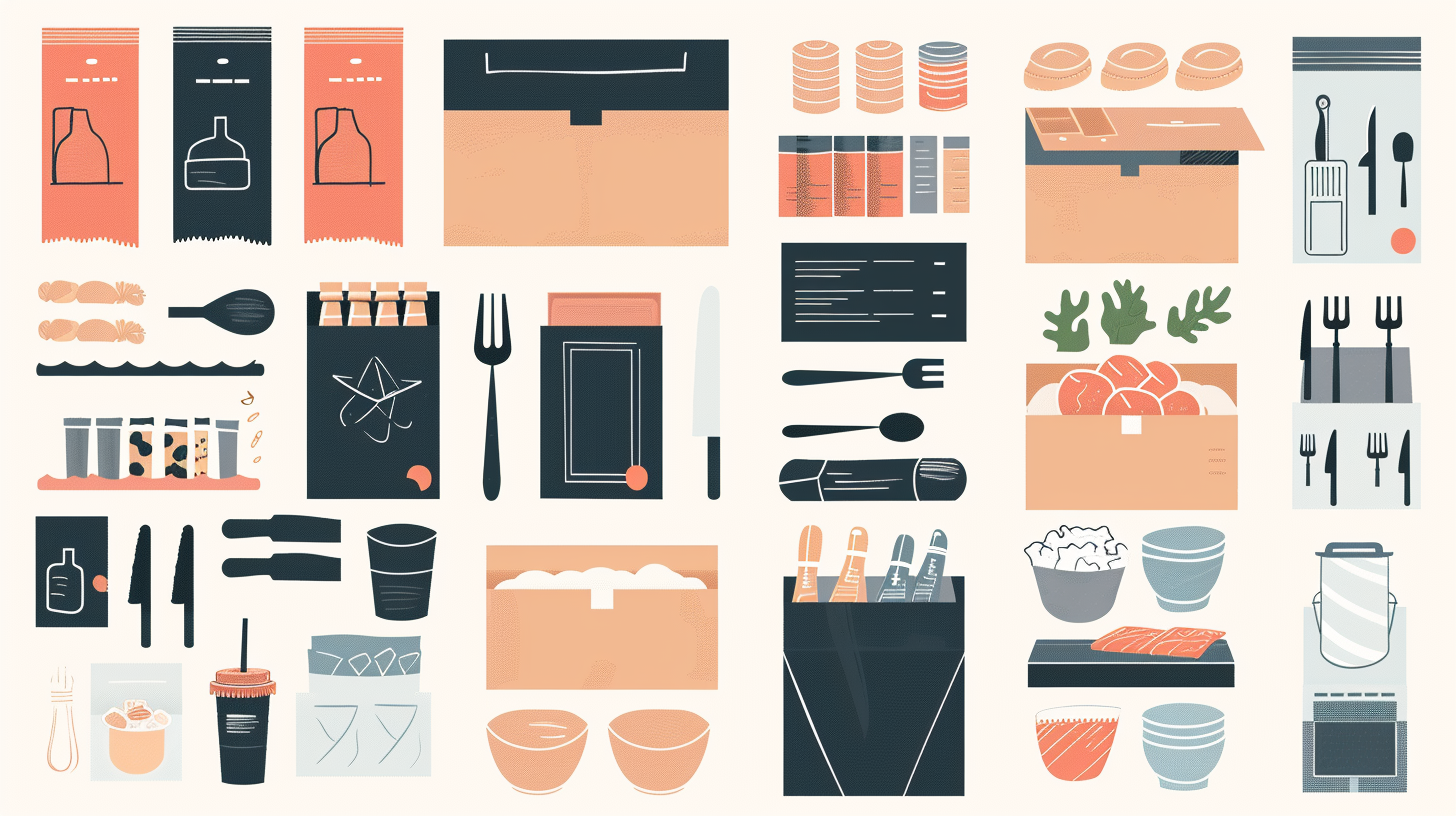Mastering Inventory Control: Best Practices for Restaurant and Coffee Shop Owners

Running a successful restaurant or coffee shop involves more than just serving great food or coffee. It requires meticulous attention to detail, especially when it comes to inventory control. Efficient inventory management can significantly impact your bottom line by minimizing waste, optimizing stock levels, and maximizing profits.
Here are some expert tips to help restaurant and coffee shop owners master inventory control:
1. Utilize Inventory Management Software:
Invest in reliable inventory management software tailored to the restaurant or coffee shop industry. These tools streamline inventory tracking, automate reordering processes, and provide valuable insights into stock levels and usage patterns.
2. Conduct Regular Inventory Audits:
Schedule regular inventory audits to track stock levels accurately. Conducting audits weekly or monthly helps identify discrepancies, prevent stockouts, and reduce the risk of overstocking perishable items.
3. Categorize Inventory Items:
Organize inventory items into categories based on their type, usage frequency, and shelf life. This categorization simplifies the inventory management process and enables better decision-making regarding ordering and stock rotation.
4. Implement FIFO (First In, First Out) Method:
Adopt the FIFO method to ensure that older inventory gets used first, reducing the risk of spoilage or expiration. Proper rotation of stock minimizes waste and maintains product freshness, enhancing customer satisfaction.
5. Set Par Levels:
Establish par levels for essential inventory items to maintain optimal stock levels at all times. Par levels represent the minimum quantity of each item needed to meet demand between restocking cycles, preventing both stockouts and overstocking.
6. Monitor Vendor Performance:
Regularly evaluate vendor performance to ensure timely deliveries, competitive pricing, and product quality. Building strong relationships with reliable suppliers can streamline the procurement process and minimize disruptions to inventory management.
7. Analyze Sales Data:
Utilize sales data to forecast demand accurately and adjust inventory levels accordingly. Analyzing sales trends and seasonal fluctuations helps optimize inventory purchasing and minimize excess stock during slow periods.
8. Train Staff on Inventory Procedures:
Provide comprehensive training to staff members responsible for inventory management tasks. Ensure they understand proper handling procedures, storage requirements, and how to use inventory management software effectively.
9. Reduce Menu Complexity:
Simplify your menu to streamline inventory management and reduce the number of unique ingredients required. Offering a focused menu with versatile ingredients allows for better inventory control and reduces the risk of overstocking niche items.
10. Minimize Food Waste:
Implement strategies to minimize food waste, such as portion control, menu engineering, and creative use of leftovers. Reducing waste not only saves money but also demonstrates a commitment to sustainability and responsible business practices.
By implementing these best practices, restaurant and coffee shop owners can take control of their inventory management processes and optimize their operations for greater efficiency and profitability.
Control your inventory and stock levels so you are able to plan ahead, reduce shrinkage, avoid food waste and save time and money with geidea’s inventory management feature: